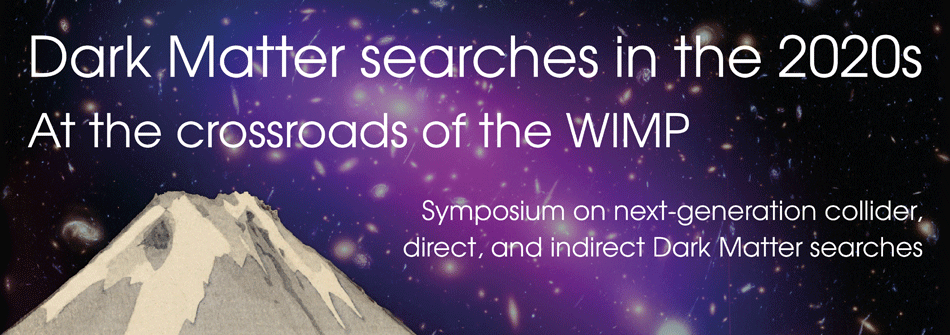Speaker
Description
The next generation of gamma-ray experiments are expected to improve significantly the current results in the search for Dark Matter (DM). Before these next-generation instruments start operating at their nominal design, one possibility to improve the current results is to combine data from existing experiments. This technique allows to increase energy coverage by combining data from instruments with better sensitivity in different energy ranges and also to maximize the sensitivity by combining individual data sets from all the experiments for which the energy ranges overlap. We will report on such an initiative aiming at combining data from dwarf spheroidal galaxies (dSphs) from the Fermi-LAT, HAWC, H.E.S.S., MAGIC, and VERITAS experiments. Being among the most DM dominated objects with negligible expected astrophysical gamma-ray emission, dSphs are ideal targets for DM indirect searches and thus will be also primary targets for the next generation of experiments. Preliminary results of the combination constraining the DM annihilation cross section will be presented spanning a range of DM masses from 10 GeV to 100 TeV. The potential of extending this analysis framework to more experiments as well as to future experiments will also be discussed.
Affiliation
IFAE-BIST

